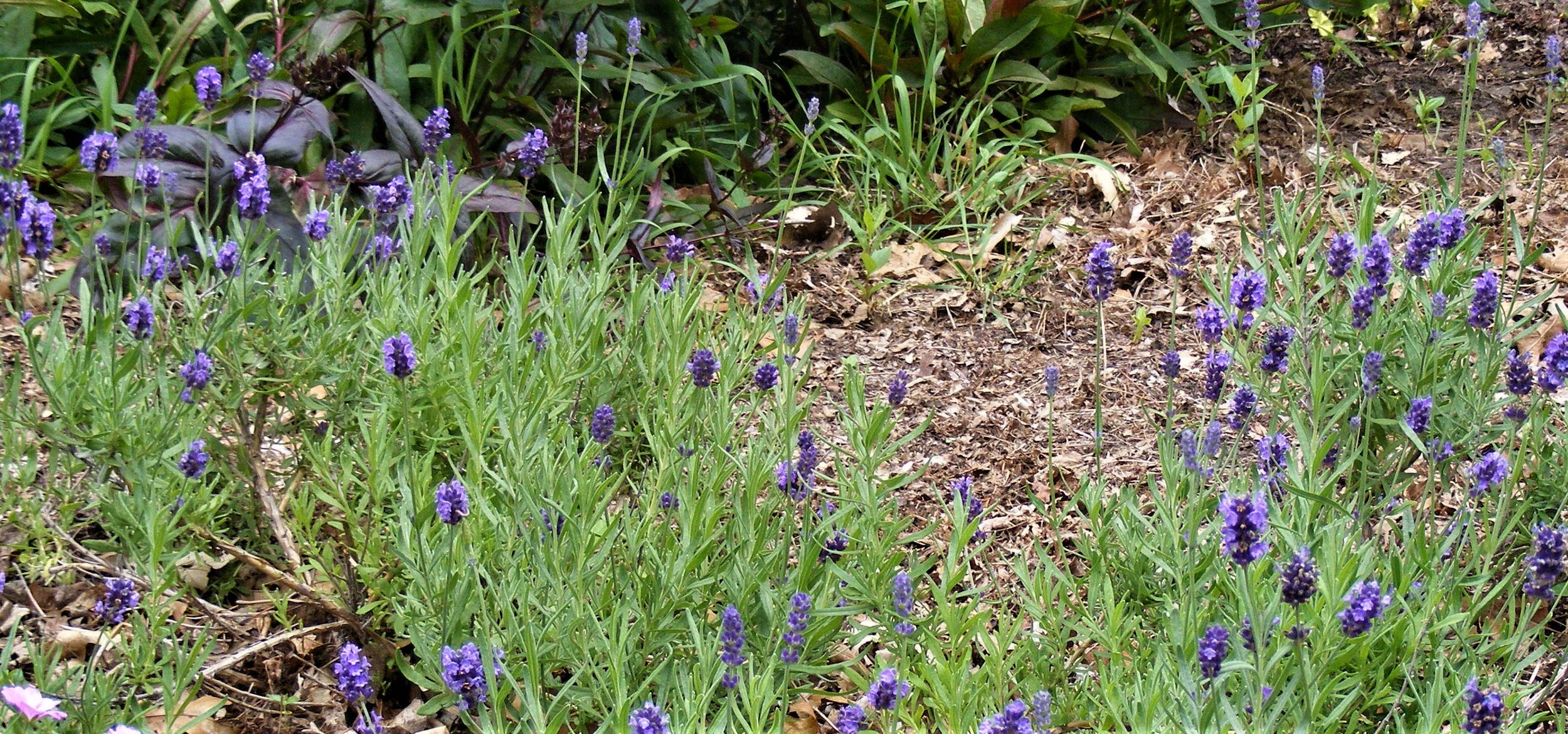Northern Hardy Lavender?
Longing for a Lavender that would survive my northern garden, I have been searching out and reviewing test and trial results. And apparently I am not alone in the quest. There does in fact seem to be a lot of trial gardens testing Lavender cultivars in cold regions in search of a lavender to satisfy cold climate gardeners.
What I have found is encouraging. Whether you are interested in growing Lavender for medicinal purposes, as ornamentals, or purely for their intoxicating aroma, there are Lavenders proving to be hardy enough for parts of the Northland!
Minnesota and other northern nurseries as well as Midwest and UK test gardens have been growing lavender plants with some success. One of the most notable and intensive testing was done by Chicago Botanical Gardens in Zone 5b. Two or three winters in a row happened to have experienced severe temperature and moisture conditions more comparable to a zone 4a. Many of the trial selections survived with only stem damage, which is very encouraging. Tests and trials indicate that certain practices and conditions will contribute to success. So, if I can figure out how to make all these things happen, there are a few cultivars that just might make it in Zone 4.
Satisfy the conditions preferred by Lavender in their native environment. The planting site needs full sun, sandy or gravely well drained alkaline soil and really good air circulation. Moist soil, clay and humidity are less than ideal for lavender and will cause the plants to suffer in extreme cold.
A warm, sunny, protected micro-climate will encourage success.
Do not over crowd plants to keep plants dry but soak the soil deeply the first year to encourage good root systems. Allow soil to dry well before watering to avoid over watering.
Plant lavender early in the growing season and nurture lavender the first year or two to ensure they establish well and quickly.
Prune back all stems very late in autumn.
Heavy snow cover will help protect your plants but there is no way to predict snowfall. Play it safe and cover plants completely with dry leaves and then hold it all together with burlap.
Established plants will fare harsh conditions best, so if you get lucky with a mild first winter or two, odds of survival are good.
Although discovering that certain cultivars are capable of winter survival during extreme cold is encouraging, stem die back is still an issue. When stem loss is severe and requires substantial pruning, the plant suffers in form, size and flowering is reduced. The loss of vigor over repeated years of damage can lead to the demise of the plant. So these things also must be considered in evaluations.
If you want to try Lavender in your zone 4a or 4b garden, a limited number of cultivars will not only survive extreme winters under the right conditions, but will also rebound well from die back with vigorous spring growth and flowering. These also happen to be plants that tend to be the most adaptable to other adverse growing conditions. After reviewing a lot of data, I have selected my personal picks “most likely to succeed” in a Zone 4 garden. Your first challenge will be tracking down one of these lavenders to purchase:
‘Imperial Gem’ seemed to be a top winner for hardiness, adaptability, and flowering. Ultimately the plant should reach about 22 inches tall and spread as much as 45 inches. This would be a great Lavender to try.
‘Munstead’, ‘Hidcote’ and a new hybrid ‘Phenomenal’ have shown very good results in northern nursery trials. ‘Munstead’ and ‘Phenomenal’ also performed well in the Chicago Botanical trials and rebounded well from winter kill.
‘Oxford Gem’ performed well in the Chicago Botanical trials and has been growing in a community garden near me in zone 4. I am anxious to see if it survived our last two winters, but based on other trials I am hopeful that it did. That ‘Oxford Gem’ near me is pictured above.
Considering that all of those above easily survived if not thrived after two consecutive years of -13 to -16 F for more than 13 days each winter without protection, I would say they have a great chance of survival with appropriate winter protection and care in zone 4. Zone 4b requires plants that will withstand low temperatures to -20. Zone 5b lows are -10 and 5a -15 so with proper care there are quite a few lavenders that have come through trials very well. In addition to those listed above I think zone 5 can also consider the following:
‘Royal Velvet’, ‘Super Blue’, ‘Jean Davis’, ‘Sharon Roberts’, ‘Violet Intrigue’, ‘Dwarf Blue’, ‘Lodden Blue’, ‘Thumbelina Leigh’, and ‘Irene Doyle’.
If you try, or have tried, any of these Lavenders with success in zones 4 and 5 I think we would all love to hear about it!
